When we’re camp-cruising, anything that requires electrical power can pose some questions: How can I charge my phone, camera, or iPod? Did I bring enough batteries for my flashlight or headlamp? Solar panels are quickly becoming more compact and efficient, and provide some intriguing solutions. Kyle and I used a pair of inflatable solar-charged lanterns during our three-month Mississippi River trip. They proved to be reliable and durable, and we used them every single night both around camp and in the tent.
There are two popular brands of inflatable lanterns: Luci and LuminAID. These inflatable lanterns have some common features: they float and are waterproof (rated IP67, submersible to 1 meter for 30 minutes), compact for storage, and self-supporting when in use. The diffuse light they create is ideal for cooking, working on a boat, or playing games in a tent—a great advantage over the small beam of light created by a flashlight or headlamp. The latest models of inflatable lanterns have the ability to top-up batteries on electronic devices via a USB port. The lanterns we used on the Mississippi were Luci Original Outdoor 2.0s without USB ports for charging themselves or other devices, so we recently added two new lanterns with charging ports: a Luci Pro Series Outdoor 2.0 and a LuminAID PackLite Max 2-in-1 Phone Charger.
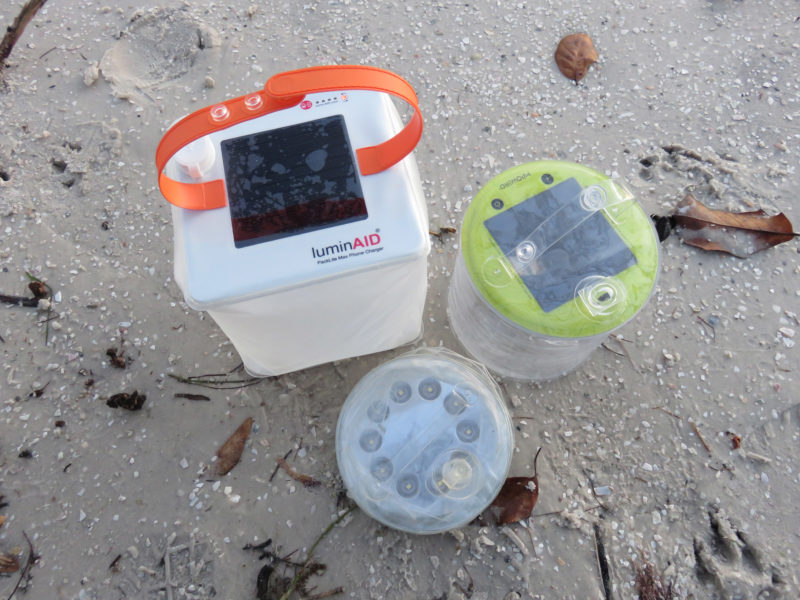 Photographs by the author
Photographs by the authorWe’ve been using the LuminAID Packlight (upper left), the Luci Pro Series Outdoor 2.0 (upper right), and the Luci Outdoor 2.0 (bottom, deflated and showing LEDs).
Luci’s Pro Series Outdoor 2.0, like the Original Outdoor 2.0, is a 5″-diameter, 4.25″-tall cylinder. It weighs 5.5 oz and when deflated is a compact 5″ x 1.5″ disc. The lantern has four modes—high (150 lumens, twice as bright as the Original), medium, low, and flashing—as well as a four-LED indicator that displays battery level. The inflatable PVC cylinder provides great diffusion for the 10 warm-white LEDs. The two-way USB port charges the lantern’s battery in just two hours. When away from home, the built-in solar panel will, according to the manufacturer, fully charge a depleted battery in 14 hours of direct sunlight. In Florida at this time of year the sun isn’t shining in clear skies; I left the Luci out for a couple of partly cloudy days and that worked to top off the charge. When the lantern was fully charged and in direct sunlight, it topped up my smartphone battery from 50 to 100 percent in two hours and the battery level went down from four to one indicator lights. On the river, we found that our Original 2.0 always had a useful charge as long as we remembered to set it out every day or two for a couple hours in the sun.
The LuminAID PackLite Max 2-in-1 Phone Charger is a 6” cube when inflated. It weighs 8.5 oz and measures 6″ x 6″ x 1″ when collapsed. The lantern has five light settings: turbo (150 lumens), high, medium, low, and flashing. The material is PVC-free and made from thermoplastic polyurethane (TPU) which is translucent, providing notable diffusion of its eight LED lights. As with the Luci lantern, LuminAID states theirs will charge in 14 hours of direct sunlight or one to two hours via USB port. The LuminAID PackLite Max Phone Charger topped up my smartphone battery from 50 to 100 percent in two hours and lost three of its four battery-level indicator lights when in direct sunlight.
Both the LuminAID PackLite Max Phone Charger and the Luci Pro Series: Outdoor 2.0 have handles that snap open and closed, making it easy to hang them from trees, on a boat mast or boom, or on a stick propped up over the camp fire. When using our inflatable lantern inside our boom-tent, we use a line tied fore and aft to hang the light above us. Their warm light is diffused evenly, creating a broad illuminated area that makes it easy to cook, play games, and read. All three lights we own are lightweight and compact, allowing easy storage in small lockers or bags.
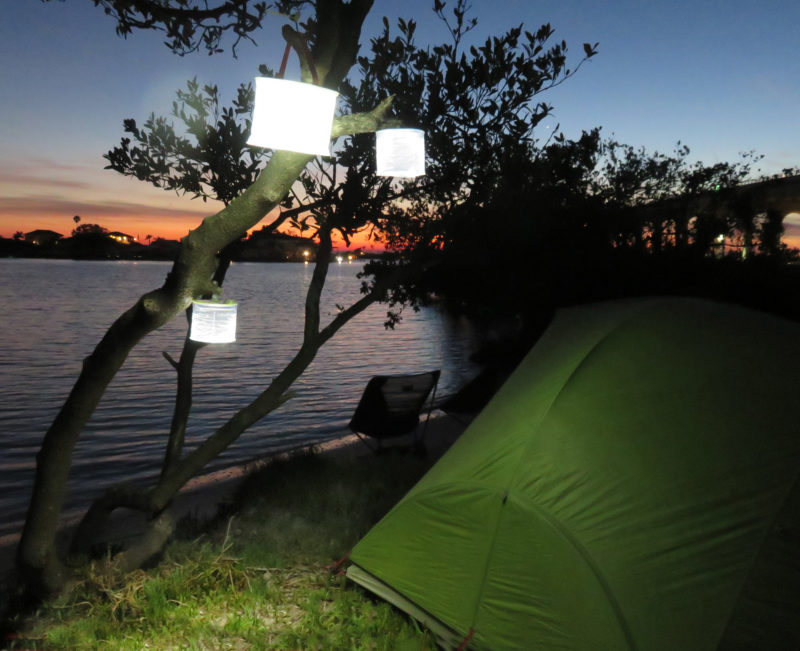
The lanterns all provide a broad area of diffuse white light.
During our three-month river trip, we always kept our lights easily accessible so that we would remember to leave them out to charge while we traveled during the day. Sometimes when it was calm and warm, we would row late into the evening, two Luci lights hung around the boat or camp allowed us to easily cook while afloat and set up our tent in the dark. Occasionally we would use the lantern as a 360-degree white anchor light. Now that the newer Luci Pro Series and LuminAID PackLite Max lights have batteries with higher capacities (both at 2,000 mAh, 50 hours on low, twice that of the Original), they could easily be used as a weekend anchor light without much need of sunlight or additional batteries.
Kyle and I have been impressed with the performance of all three inflatable lanterns. They have proven to be both durable and reliable, and we find them a very useful addition to our camp-cruising gear. They brighten our campsites and our tent, and the two new models provide a very effective means of charging our electronics.![]()
Danielle Kreusch grew up in Salt Lake City, Utah and spent a lot of time hiking and camping in the mountains. After moving to Florida to finish her BA in Psychology and Child Development, Danielle met Kyle Hawkins, who took her sailing on their third date. For the last few years they’ve been living aboard their 35’ Ben Bow cutter and cruise with it whenever possible. Their Mississippi River trip was their first small-boat excursion, and they have both fallen in love with the idea of continuing to travel in small boats.
The Luci Outdoor 2.0 is priced at $ 19.95, the Luci Pro Series Outdoor 2.0 at $34.95, and the LuminAID PackLite Max 2-in-1 Phone Charger at $49.99. The lanterns are available from the manufacturers and online retailers.
Is there a product that might be useful for boatbuilding, cruising or shore-side camping that you’d like us to review? Please email your suggestions.
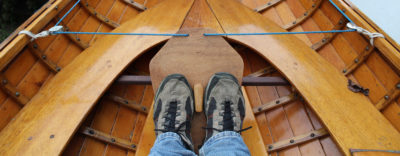

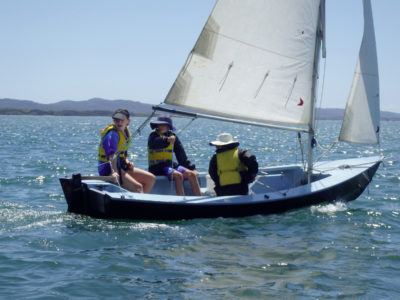
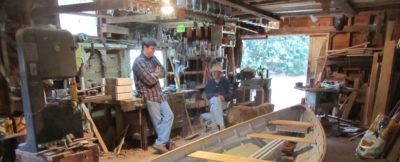
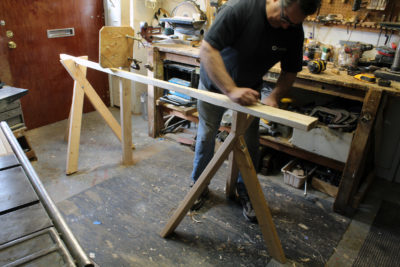
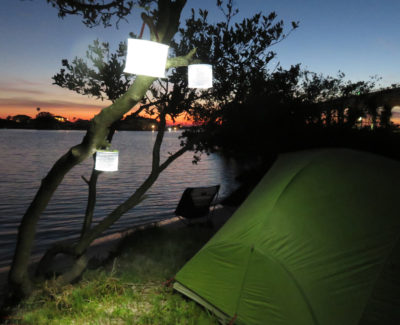
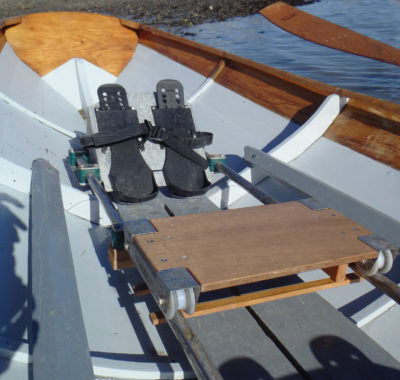

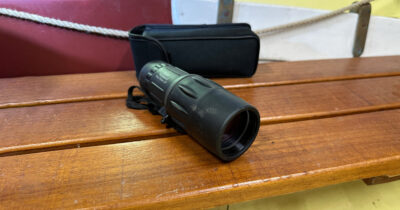
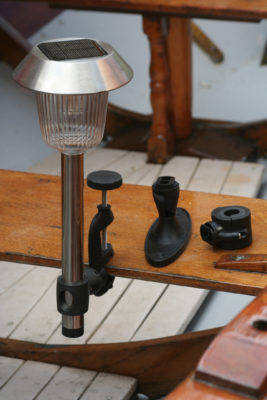
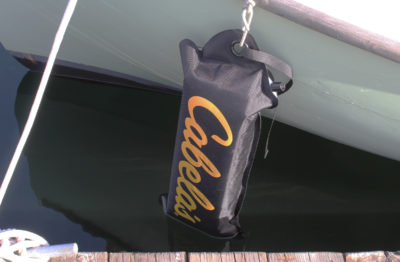
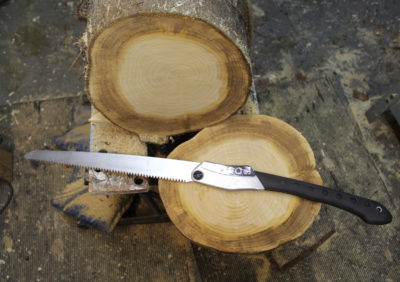
Join The Conversation
We welcome your comments about this article. If you’d like to include a photo or a video with your comment, please email the file or link.